Wet tissue wipes have become an essential part of our daily lives, particularly for parents taking care of infants and young children. However, not all types of wet wipes are safe for human use; some contain harmful chemicals that may pose risks to health. In fact, harmful ingredients in wet wipes that are of poor quality are often hidden or listed on the other names. Let’s take a look at the toxic ingredients to avoid when choosing wet wipes.
Read now: Wet facial tissues | Benefits & Tips to choose the right one for skin
Formaldehyde is a chemical compound made of hydrogen, oxygen, and carbon. It is commonly used in many areas including the food, cosmetic, and medical industries owing to its preservative and antibacterial properties.
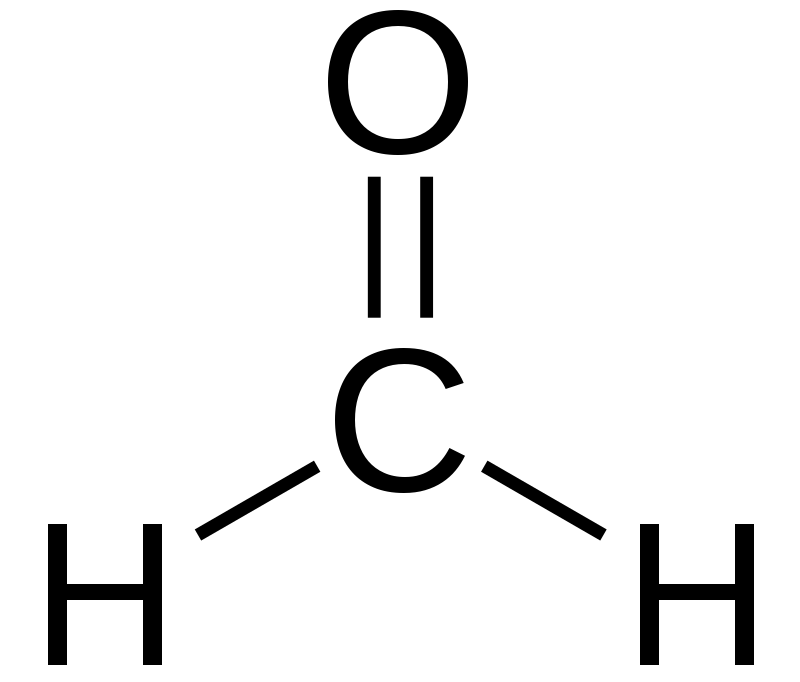
Formaldehyde is made of hydrogen, oxygen, and carbon
Harmful ingredients in wet wipes include formaldehyde as an antifungal and antibacterial additive. However, long-term contact with high quantities of Formaldehyde causes the following skin issues:
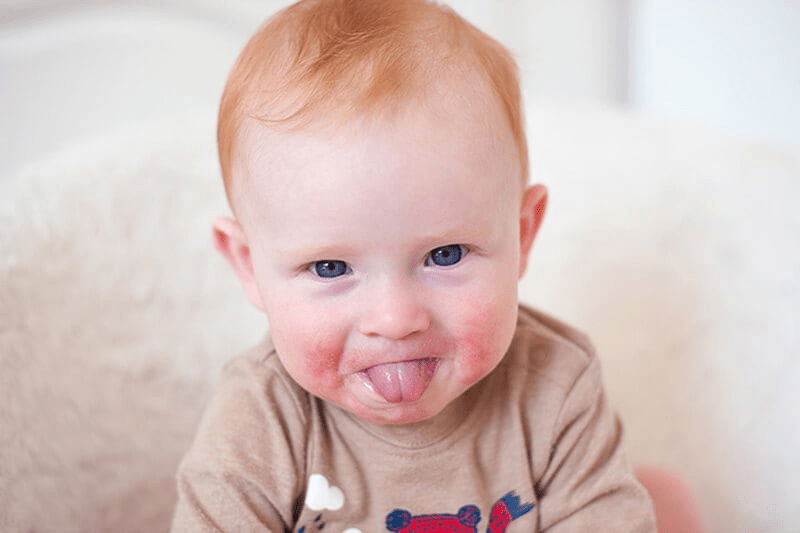
Baby suffers a rash due to the use of wet wipes containing formaldehyde
Accordingly, to prevent unpleasant situations, you should not use wipes that contain formaldehyde. However, it might be difficult to tell if a product contains formaldehyde because it may be listed under a different name on the label. Below are the ingredients to avoid:
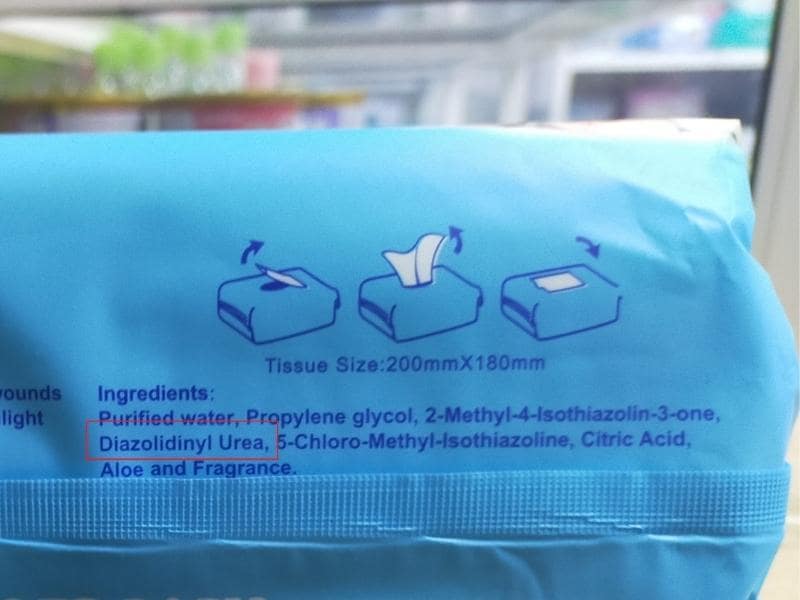
Diazolidinyl Urea is a form of formaldehyde printed on wet wipes packaging
Ethylene Oxide (C2H4O) is a colorless, highly flammable gas with good penetrability through materials such as paper, plastic, fabric. It can reduce almost all viruses, bacteria, fungi and prevent them from replicating. Additionally, this harmful ingredients in wet wipes is widely used as an agent for sterilizing supplies in the medical, healthcare, pharmaceutical and veterinary sectors.
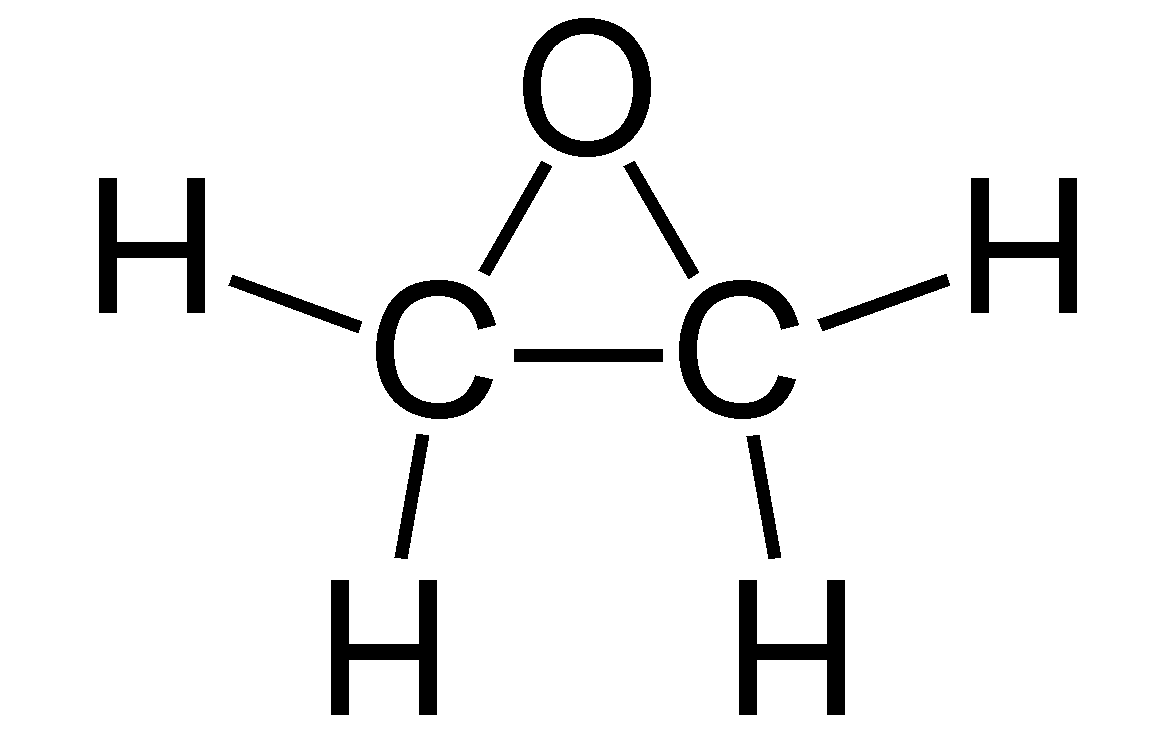
Ethylene Oxide reduces the formation of viruses, bacteria
The majority of baby wipes manufacturers employ harsh petrochemicals as raw materials. To make these chemicals less irritating to the skin, manufacturers add Ethylene Oxide to the ethoxylation process and create a byproduct called 1,4-dioxane. Both substances, if exposed repeatedly on the skin, may lead to skin problems such as irritation, and redness,… They can be recognized by other names:
Phthalate is a common flavoring agent in cosmetics, personal care products, and home cleansers. It is also known as di-n-butyl phthalate (DBP) and is a blend of several various ingredients such as amyl butyrate, amyl valerate,…
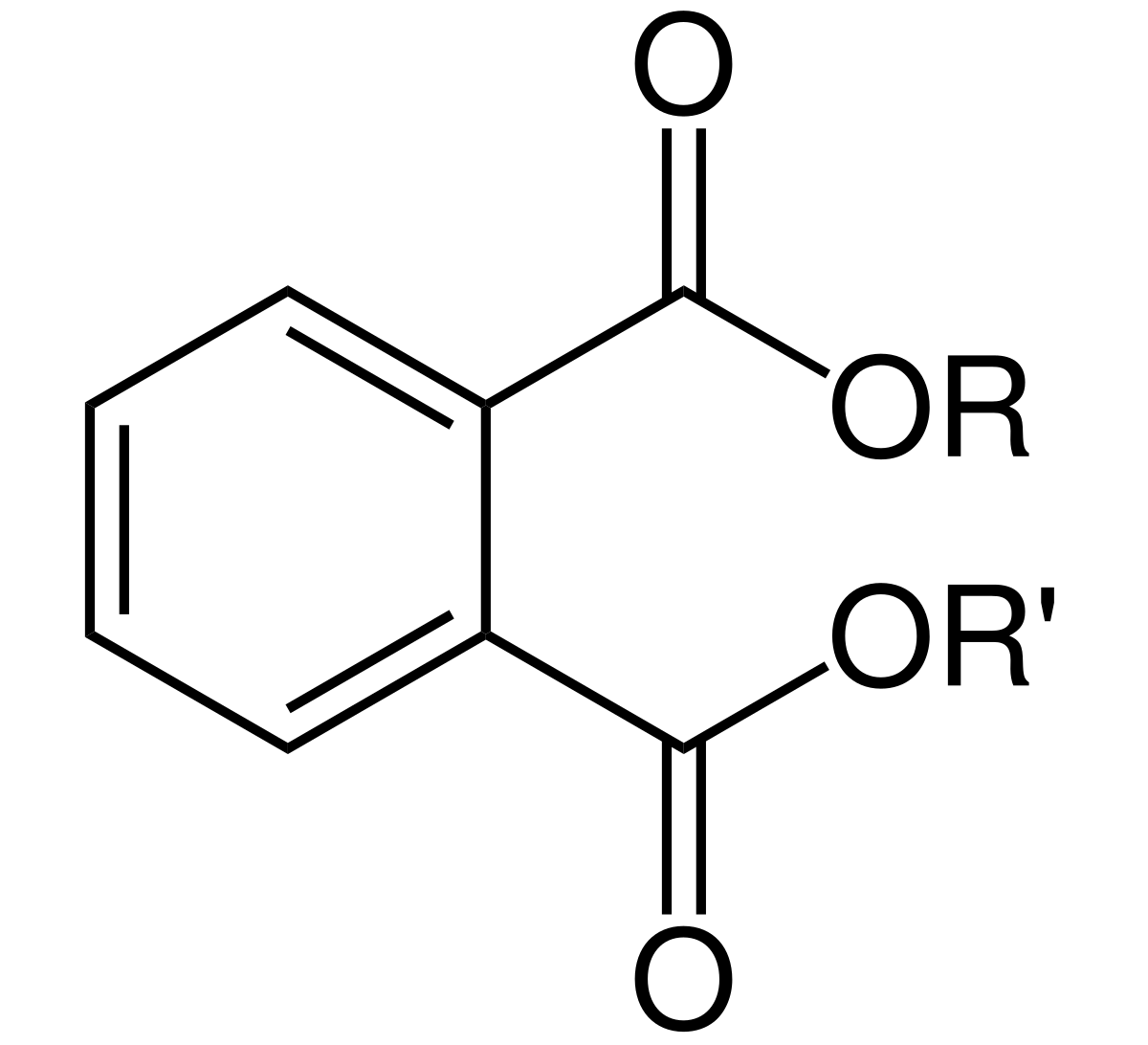
Phthalate acts as an odorant used in many wet wipes
Phthalate is utilized as a fragrance ingredient in wet wipes. However, this chemical may cause skin irritation, redness, and more significant problems when used on the skin. To determine whether a product contains Phthalate, you may check the label for the phrase “perfume” or “fragrance”. Alternatively, you might find Phthalate under other names:
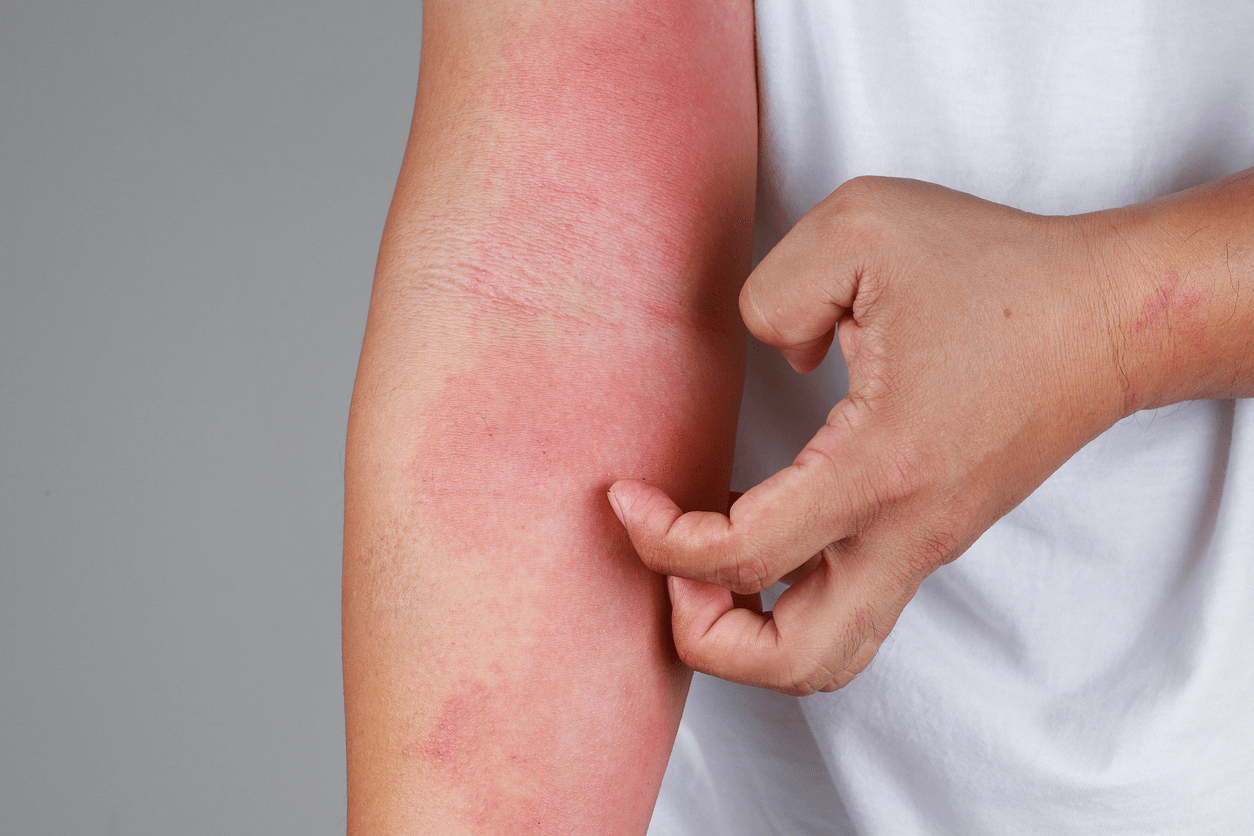
Phthalate used in some wet tissues can lead to allergies, skin irritation
Parabens are synthetic preservatives widely used in personal care products like baby shampoos, hair care products, shaving creams, moisturizers, and deodorants. Parabens inhibit the formation of dangerous bacteria and mold, protecting consumers from pathogenic agents. Frequently, cosmetics include more than one type of paraben. These parabens are combined to strengthen their antibacterial action against various types of bacteria and better preserve the product.
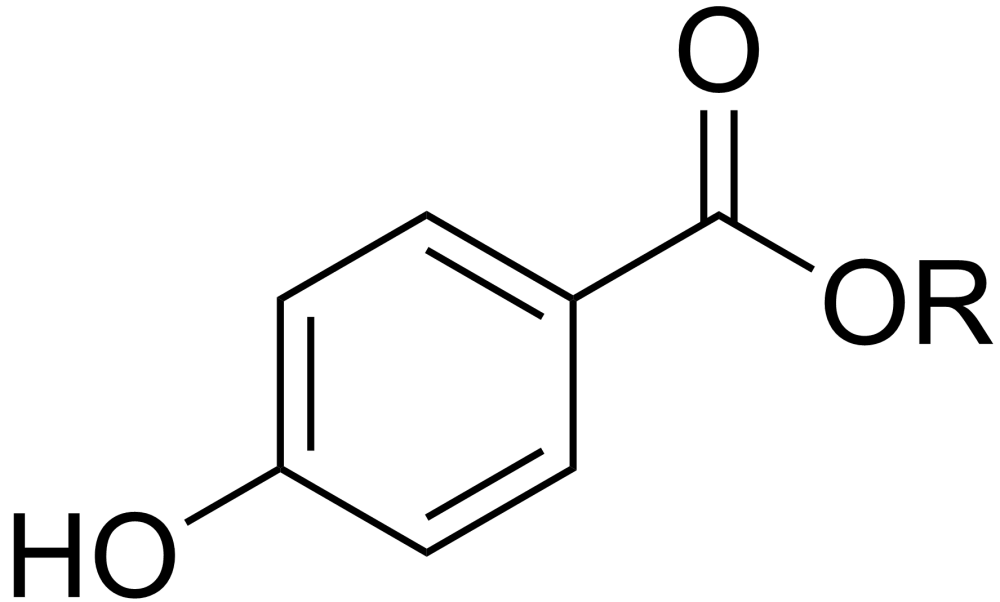
Paraben acts as a preservative in many products such as wet wipes and cosmetics
However, parabens have been associated with numerous health hazards, such as cancer, alteration of the endocrine system, reproductive toxicity, and neurotoxicity. Additionally, some studies indicated that using paraben in wet wipes on infants younger than six months might irritate their sensitive skin and cause immune system-related issues. Unfortunately, it is a hidden harmful ingredients in wet wipes, but you can identify it under the following varieties:

Propylparaben is used in these wet wipes
Fragrance, or perfume, is a mixture of chemicals that has a complex structure made of approximately 3000 chemicals. The fragrance is present in many consumer products, including perfumes, deodorants, and skin care products.
As mentioned earlier, synthetic fragrances are usually associated with phthalates. This implies that fragrance links to a staggering number of health risks. Across multiple research studies, chemicals used to make synthetic fragrances are classified as allergens and hormone disruptors, among other things.
Fragrances are regarded as “trade secrets,” and manufacturers are not required to list their fragrance ingredients on product labels. When you see the word “fragrance” or “perfume” on a label, it is difficult for you to determine whether they are synthetic fragrances or not. If the packaging of wet wipes writes the general words such as fragrance, perfume, perfume/ aroma, Linalool, Citronellol, Cinnamal, Limonene,…, you should switch on other ones.
You should care about: 4 safe & best quality unscented wipes & Guide to choose right product
What is methylisothiazolinone? Methylisothiazolinone (MIT) and Methylchloroisothiazolinone (MCI) are common preservatives that have antibacterial and antifungal properties. They are often found in many cosmetics and makeup removers, especially water-based products (hand sanitizer, antiseptic water, baby wipes,…). Some of their side effects include scaly, peeling skin, redness, itchiness, acne, and severe swelling. Besides, the FDA states that MCI is an allergen. MCI, in high concentration, can cause skin irritation and burns. To determine whether or not a wet wipes include MCI/MI, please read the label for the following terms:
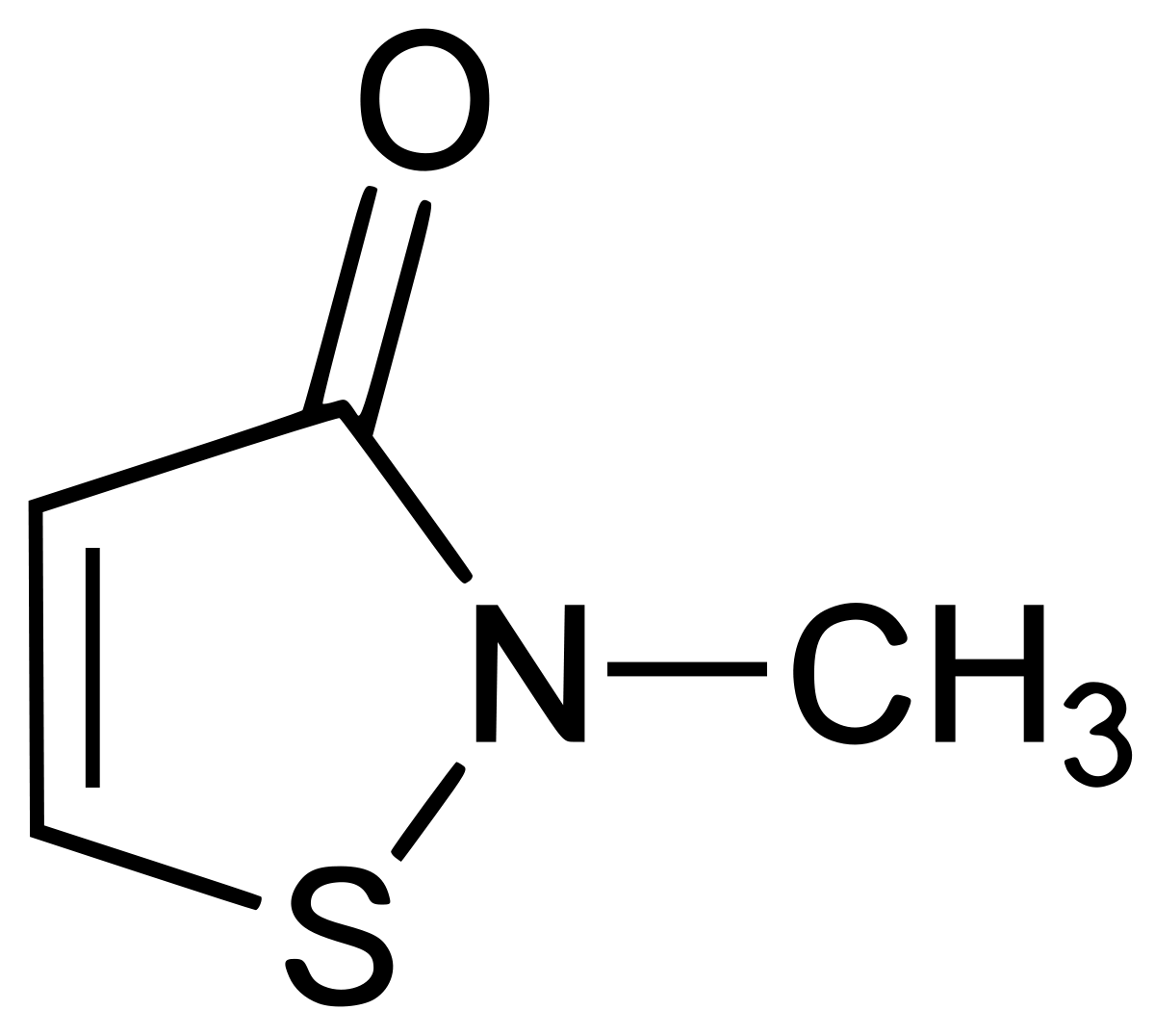
Methylisothiazolinone (MIT) in wet wipes can affect negatively your skin
In fact, these compounds provide a significant risk of harm, but they are inexpensive. Therefore many wet wipes manufacturer that wish to save money and cut product prices continue to use them in their products.
SLS is a common ingredient extracted from coconut and used in many cleansing and moisturizing cosmetics or wet wipes.
When sodium lauryl sulfate is mixed with triethanolamine, it forms NDELA (N-nitrosodiethanolamine). This chemical is a known carcinogen that can cause organ toxicity, neurotoxicity, endocrine disruption, reproductive toxicity, irritation of the skin and eyes, possible mutations, and cancer. In addition to causing dermatitis, SLS can be extremely harmful to your skin if you have eczema or acne. These cases of dermatitis disrupt the skin’s barrier function, causing itching, flaking, dryness, and redness.
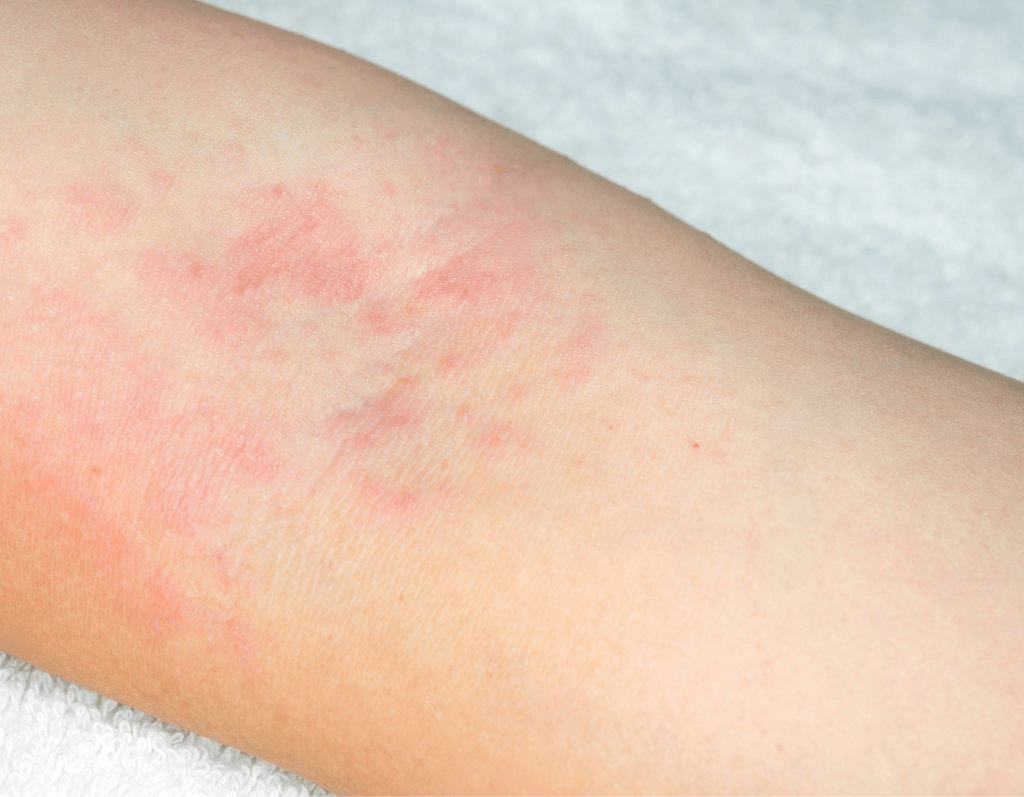
Itching skin after using Sodium Lauryl/Laureth Sulfate (SLS)
Sometimes, the harmful ingredients in wet wipes on a label for wipes do not include SLS. However, it can be listed under these words:

SLS can be listed in wet wipes ingredients
Iodopropynyl butylcarbamate is a white or off-white crystalline powder that contains iodine. It is used as a preservative in many cosmetics and personal care products to control bacterial growth and prevent mold.
Long-term usage of Iodopropynyl Butylcarbamate at doses below 0.1% is safe, however, it may permeate the skin. It may induce allergic contact dermatitis, and it may also have adverse effects on the immune system. In addition, Iodopropynyl Butylcarbamate is very toxic when inhaled, therefore its application is restricted to sprays and inhalants.
Triclosan is used in wet wipes as an antibacterial agent and preservative. It slows down or prevents the growth of bacteria, fungi or mold. When applied topically on the skin, however, Triclosan passes through the skin and disrupts hormone function or causes allergies. There are some concerns that Triclosan is linked to birth defects or cancer. When triclosan breaks down, it turns into dioxin which is considered a carcinogen (cancer-causing chemical).
Wet wipes are typically made from a combination of three components: cloth, water, and active ingredients. Below are detailed information about the ingredients being used at the DHTI’s wet wipe factory. If you want to learn more about the benign ingredients of wet wipes, you can see right away at the article 3 main wet wipes ingredients & Things you need to watch out.
The simplest way to assure safety while using wet wipes and prevent future health problems is to read the label’s list of ingredients. Take the Mamamy Tropical wet wipes as an example and consider their ingredients:
Mamamy Tropical’s ingredients: 100% natural fabric, 99,9% pure water, Calendula essential oil, Inca Inchi oil, Oatmeal extract, Coco Phosphatidyl PG-Dimonium Chloride, Chlorhexidine Gluconate Solution (13- Tetraazatetradecanediimidamide, 4-chlorophenyl, 12-diimino, di-D-gluconate, Hexamethyllenebis), Benzalkonium Chloride.
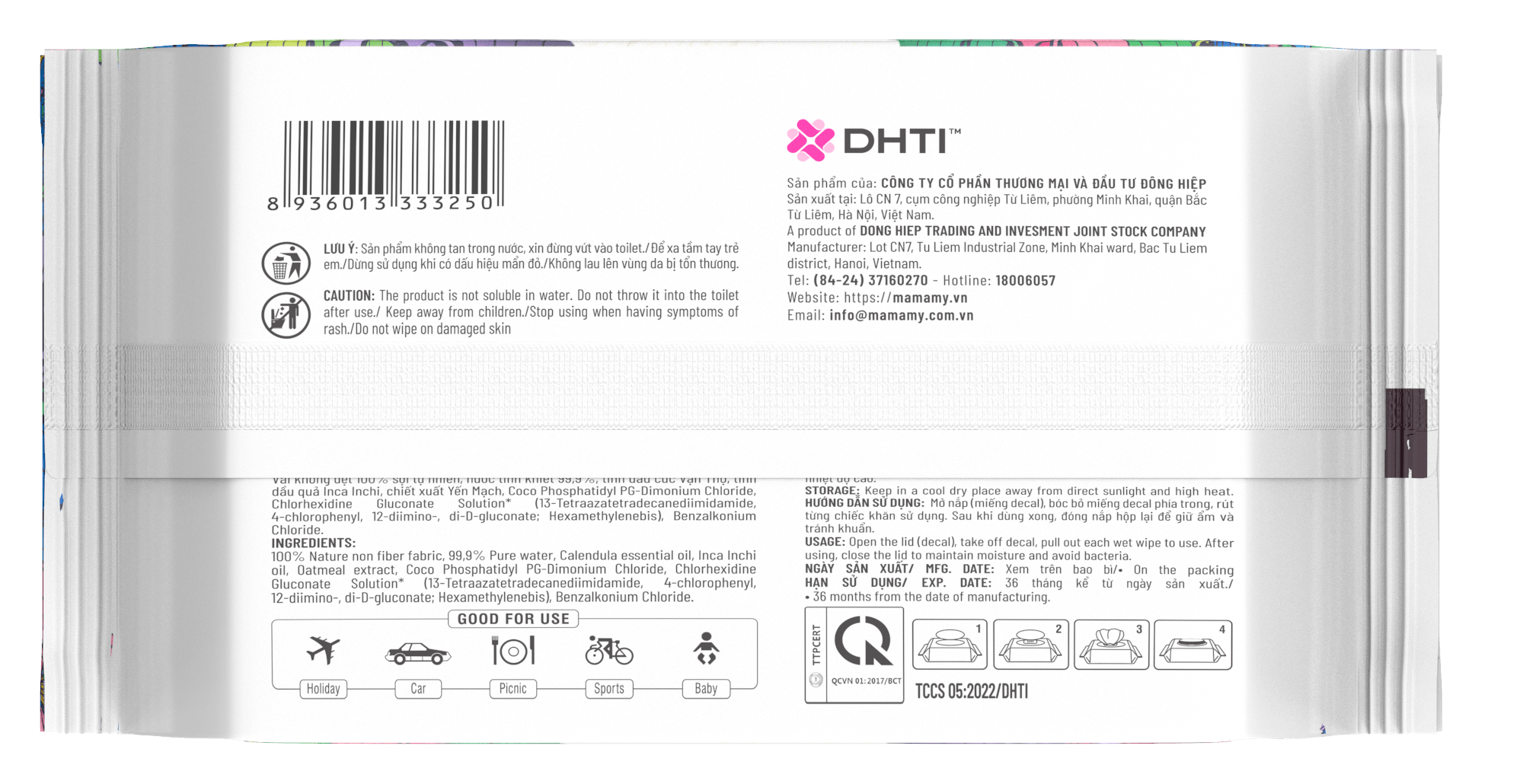
Mamamy Tropical made of 100% natural fibers and rayon
Mamamy Tropical baby wipes are free of toxic ingredients. Thanks to plant-based ingredients like Calendula, Inca Inchi and Oatmeal, Mamamy Tropical is a safe formula and offers remarkable care effectiveness. Other antibacterial substances that have been quality tested by reputable organizations include:
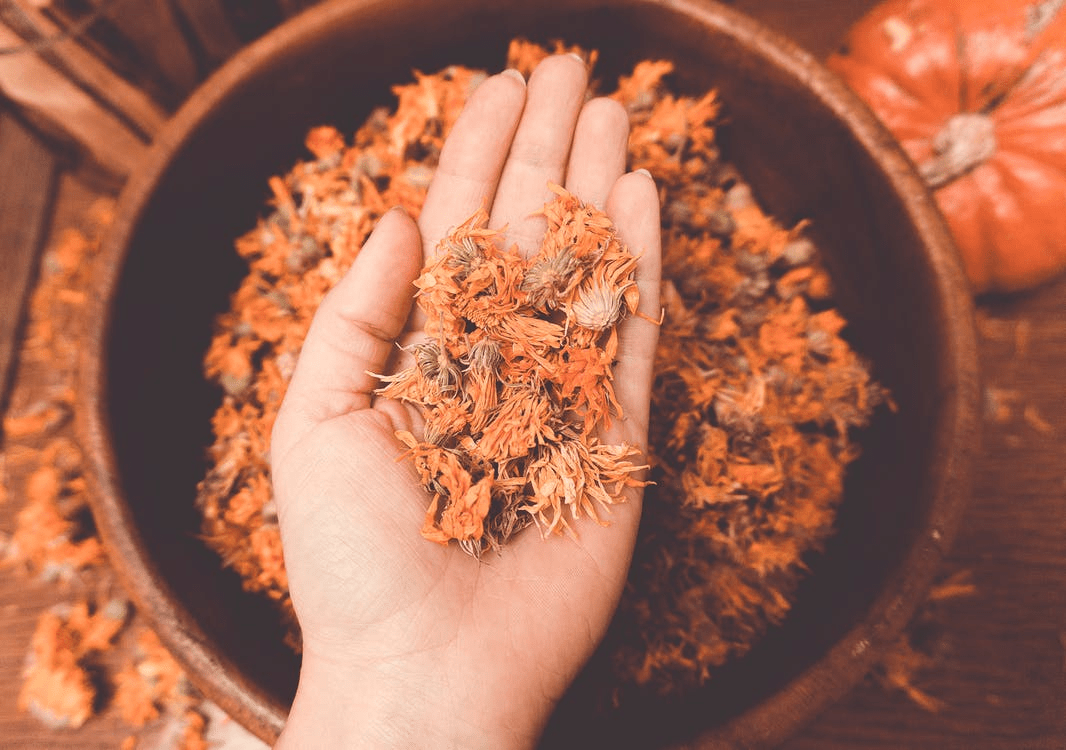
Calendula in Mamamy Tropical has an anti-inflammatory effect which protects the skin healthier
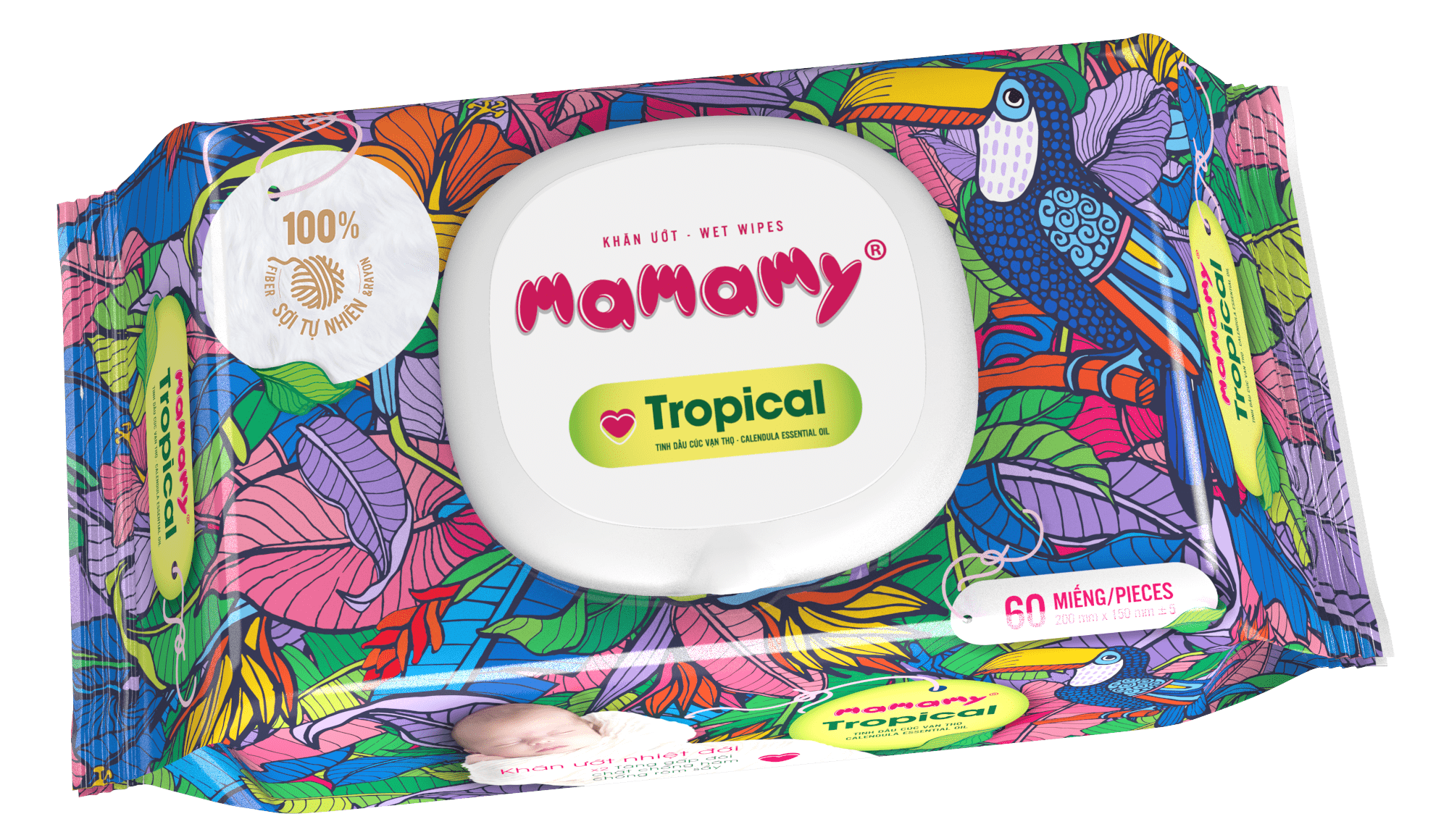
Mamamy Tropical wet wipes are safe for infants’ skin
If you are looking to produce products with good ingredients similar to Mamamy, do not hesitate to leave information for us to advise.
As aforementioned, there are many harmful ingredients in wet wipes that may cause adverse reactions. To avoid such situations, it is recommended to read the ingredients list carefully as there are some toxic ones hidden in another name. For more information, please contact DHTI immediately for timely support.
Dong Hiep Trading and Investment Joint Stock Company:
Relevant posts about wet wipes product and wipe production: